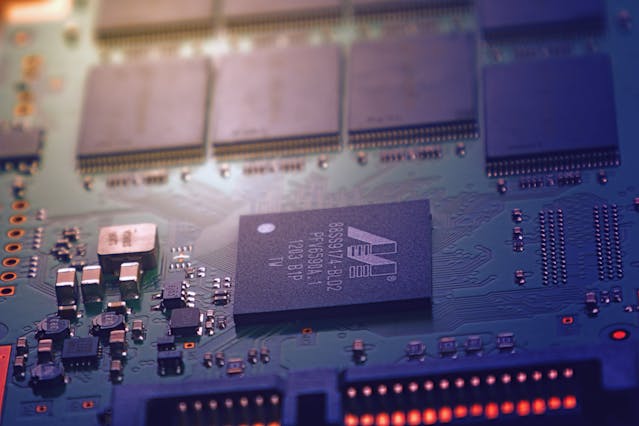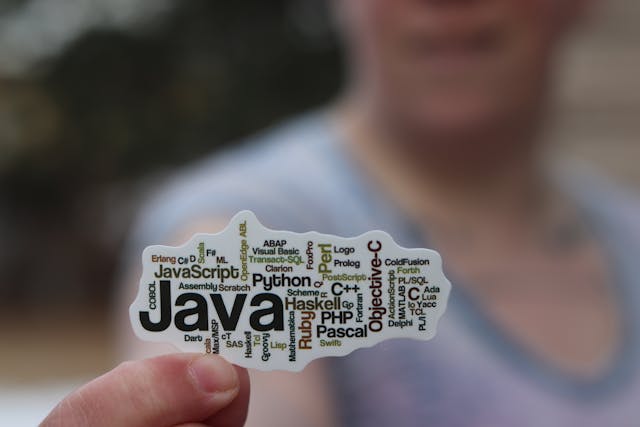What is CAE? Key benefits and who should use CAE
Computer-aided engineering (CAE) is the use of computer software for improving product design and even resolving various engineering issues for various industries. This engineering involves simulation, optimization, and validation of products and processes which covers the entire engineering procedure i.e. from design to testing and even planning the manufacturing. CAE is effective for design and even supports the engineering procedure which allows tests and simulations to be performed without the need for any physical prototype.
Interested candidates must be widely versed in what is CAE. This helps in knowing what a typical CAE process is. This process comprises preprocessing, solving, and postprocessing steps. Frequently used CAE simulation analysis techniques are finite element analysis, computational fluid dynamics, thermal analysis, and multibody dynamics. For bringing engineering simulation and high-performance computing together one must provide cost and time-saving in design and product development.
Advantages of CAE:
- Saves money: with the help of computer simulations, one can evaluate design which is cheaper than creating several physical prototypes.
- Conserve time: CAE design software saves time which further allows one to make efficient design faster.
- Easy to edit design: making changes in a design needs to be quick. With CAE, it allows one to fix errors and modify the design thus providing earlier problem resolution and further reducing costs.
- Fewer errors: Computer-aided design software reduces the chance of errors which is compared to any manual design.
- Less effort: designing various models with CAE needs having less effort and software automates much of the task.
- Less repetition of labour: Computer coding is used repeatedly, there is no need to perform the tasks repeatedly. Various parts of code can be copied and reused in design as it moves ahead.
- Easy sharing accessibility: CAE-designed files can be stored and shared easily.
- Improved accuracy: CAD software has a higher level of accuracy when it is compared to manual design thus allowing one to work with any increased precision for accurate results.
- Improved decision making: decision making is based on its impact on performance while impacts are determined in the development procedure when design changes are easier.
Who must use Computer-Aided Engineering?
Product designers and engineers use CAE for designing, testing, predicting, and improving components. This vast scope means CAE is used in any industry which requires creating products for the different environments including automotive, aeroscope, consumer goods, electronics, and more with products that range from minuscule to large complex structures.
CAE engineer uses CAE tools and computer-aided design software for simulation, validation, and optimization of products and manufacturing tools. This occurs mainly at the design stage which helps with decision making. CAE engineers even share the data with system users for creating an overall standardized information network.
Conclusion:
With various innovative methods of design and engineering being created. CAE works for streamlining and improving product development procedures. CAE looks one to continue being an important part of manufacturing and process improvement. Interested candidates must search for the best course after mechanical engineering for enhancing their career in a positive outlook manner.









